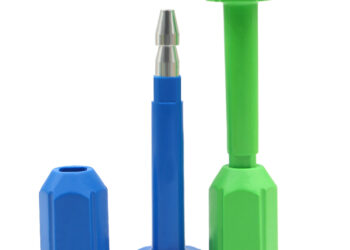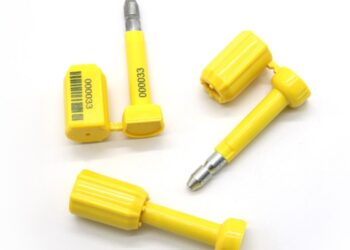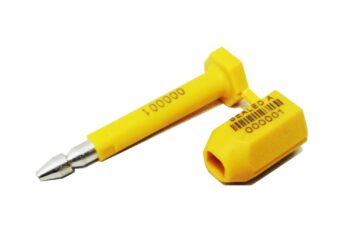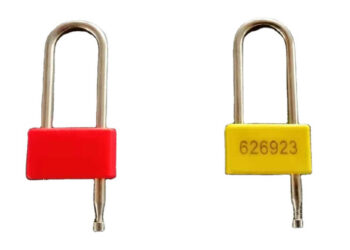ISO 17712 compliant seals play a crucial role in mitigating insurance and liability risks for cargo owners involved in international trade and transportation. The ISO 17712 standard specifies requirements for the design, testing, and classification of mechanical seals used for securing containers. These seals provide enhanced security and tamper-evident features, which contribute to reducing the potential for losses, damages, and disputes in cargo shipments. In this article, we will delve into how ISO 17712 compliant seals contribute to mitigating insurance and liability risks for cargo owners.
1. Prevention of Unauthorized Access:
ISO 17712 compliant seals are designed to resist tampering and unauthorized access to cargo containers. These seals are constructed using robust materials and mechanisms, making it extremely difficult for unauthorized individuals to breach the seal without leaving visible evidence of tampering. This feature helps prevent theft, pilferage, and the insertion of illicit goods into containers, which in turn reduces the likelihood of cargo losses and related insurance claims.
2. Tamper-Evident Features:
One of the key aspects of ISO 17712 compliant seals is their tamper-evident design. Any attempt to break or tamper with the seal results in visible damage or alteration, making it easy to identify compromised shipments. Cargo owners and insurance providers can leverage these tamper-evident features to demonstrate that they took necessary precautions to secure the cargo. This evidence can be invaluable in settling insurance claims and proving due diligence in securing the shipment.
3. Improved Cargo Verification:
ISO 17712 compliant seals enable efficient verification of cargo integrity at various stages of transportation. Insurers and cargo owners can confirm that the cargo remained sealed and secure throughout its journey, reducing disputes and uncertainties about the state of the cargo upon arrival. This transparency in cargo handling can positively influence insurance assessments and liability negotiations.
4. Regulatory Compliance:
Many international regulations and customs authorities require the use of ISO 17712 compliant seals for containers in transit. Cargo owners who adhere to these regulations by using approved seals demonstrate a commitment to security and compliance. This adherence can lead to smoother customs processes, reduced inspection times, and minimized disruptions during transportation. Ultimately, these factors contribute to minimizing the risks of delays and potential liabilities.
5. Strengthened Legal Position:
In cases where disputes arise concerning the condition of the cargo upon delivery, cargo owners with ISO 17712 compliant seals have a stronger legal position. The tamper-evident nature of these seals can serve as compelling evidence in legal proceedings or negotiations with insurers, providing a clear record of the cargo’s state and security throughout its journey.
6. Enhanced Risk Management:
Insurance providers often assess the risk profiles of cargo shipments when determining coverage terms and premiums. Cargo owners that implement ISO 17712 compliant seals demonstrate their commitment to risk management and cargo security. This proactive approach can lead to more favorable insurance terms, lower premiums, and improved relationships with insurers.
7. Reduced Insurance Premiums:
By using ISO 17712 compliant seals, cargo owners can potentially negotiate lower insurance premiums. Insurers recognize the enhanced security provided by these seals and may reward cargo owners who prioritize cargo integrity. This cost-saving benefit can have a positive impact on the overall financial health of businesses engaged in international trade.
Conclusion:
ISO 17712 compliant seals are indispensable tools for cargo owners looking to mitigate insurance and liability risks. These seals provide a comprehensive security solution that prevents unauthorized access, offers tamper-evident features, improves cargo verification, ensures regulatory compliance, strengthens legal positions, enhances risk management, and reduces insurance premiums. By investing in these seals, cargo owners can protect their shipments, demonstrate due diligence, and establish a strong foundation for secure and successful international trade operations.











